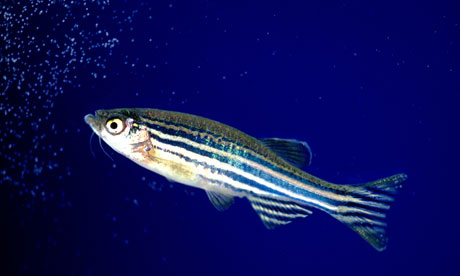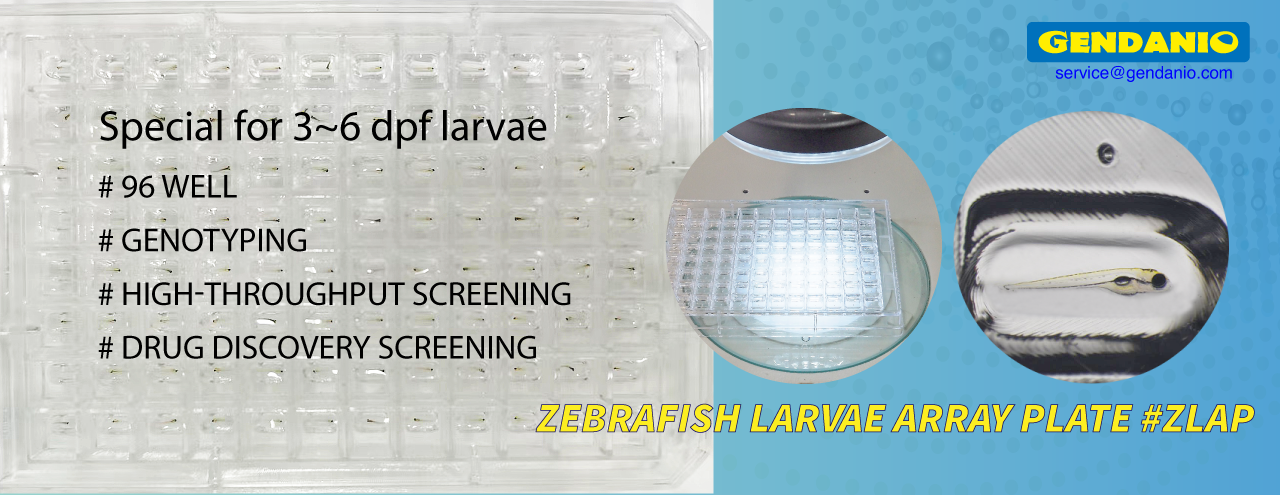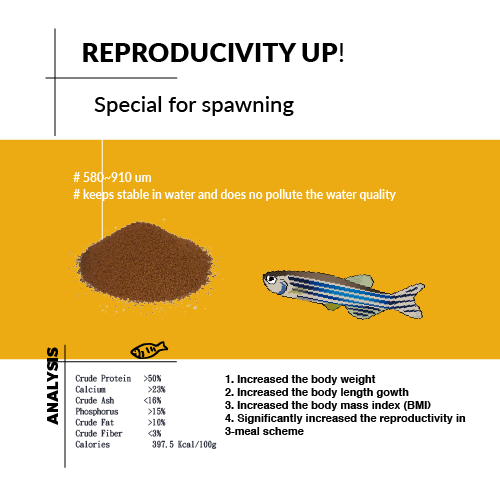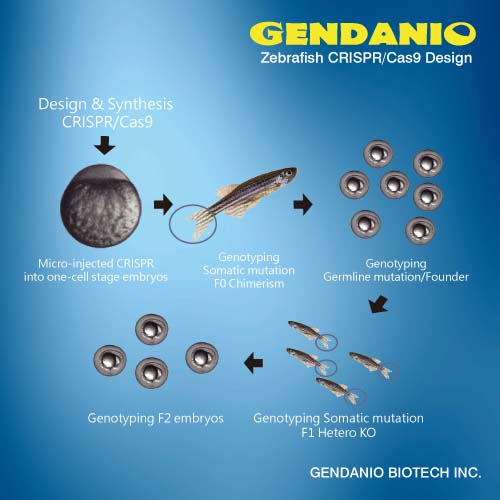With translucent skin and a heart that can repair itself, the humble zebrafish is providing scientists with important clues in the fight against disease
- guardian.co.uk,Sunday 30 October 2011 00.01 BST

Zebrafish seem an unlikely ally in the fight against disease. With their iridescent scales and black stripes, these little aquarium favourites look more at home in a pet shop than in a laboratory. Yet zebrafish turn out to possess some startling properties that tell us a great deal about the heart and how to repair it.
In fact, the species Danio rerio has a valuable role to play in heart research for two reasons. First, and rather remarkably, if you cut out part of a zebrafish heart, it grows back. Understanding this astonishing regeneration could aid scientists to find ways to help human hearts when they become damaged and need repair.
And second, these tiny natives of India's Ganges River are translucent. This allows researchers to see exactly what's going on in their circulation without having to cut them open – a process that has been aided by researchers in Sheffield who have genetically engineered zebrafish so that they have a fluorescent green protein in the lining of blood vessels, thus further aiding the study of this remarkable species.
Scientists at Oxford University have also discovered a substance known as Fibroblast growth factor (Fgf) in zebrafish and have shown it is involved in telling cells in the embryo to become heart or blood vessel cells. One idea that they are now pursuing is to find a way to use the Fgf switch in human stem cells so that the manufacture of new heart muscle cells can be stimula in individuals who have had a heart attack. "This could bring significant benefit to heart attack patients or people with heart defects," says Professor Roger Patient, the research project leader. "At the very least, our research will help the production of these cells in the laboratory for use in heart repair."
Source: guardian
























